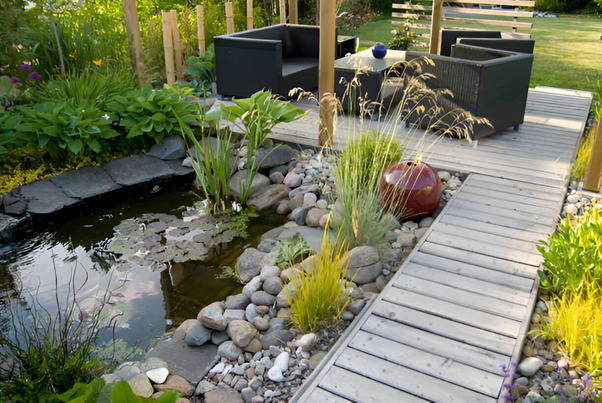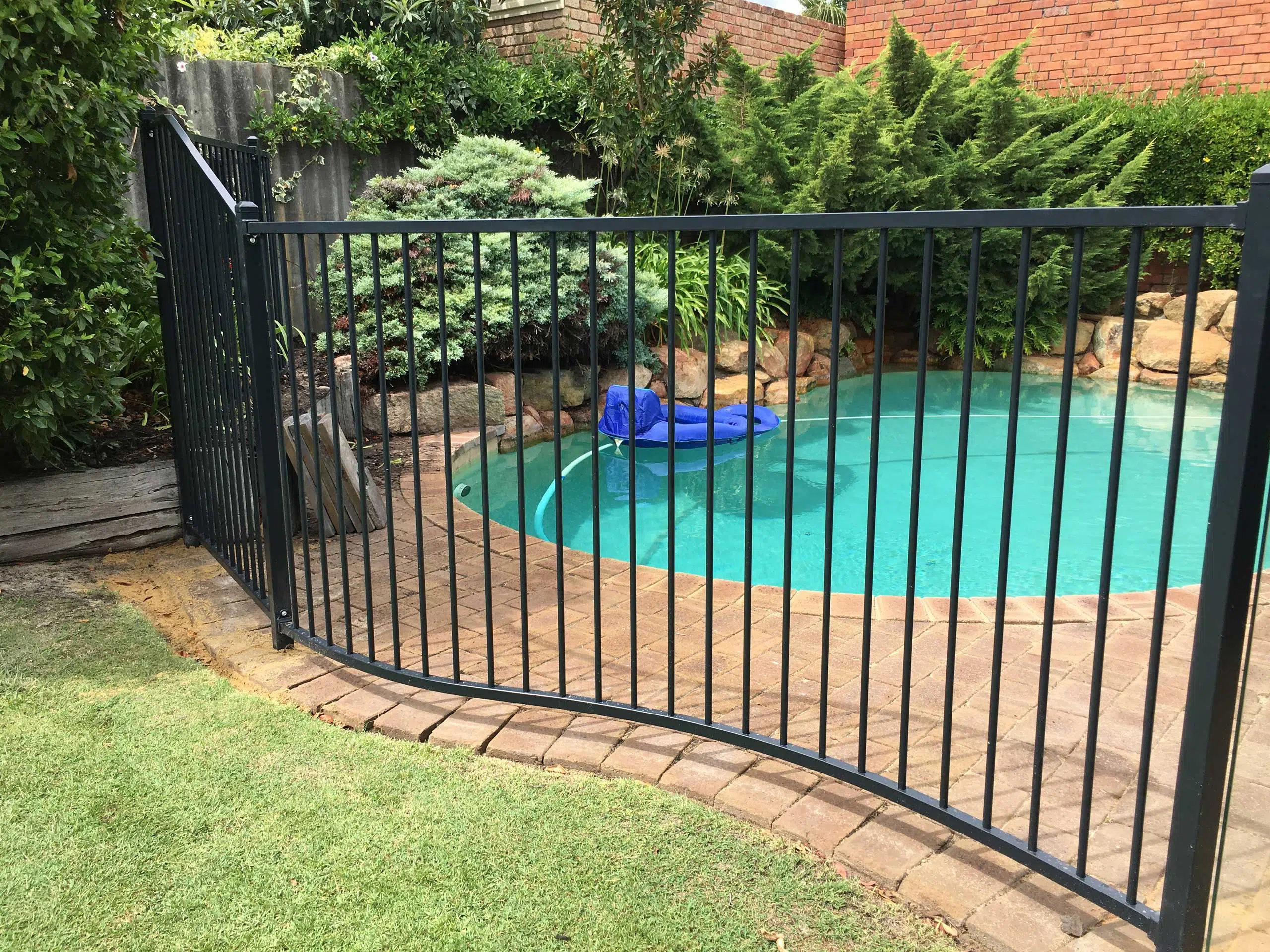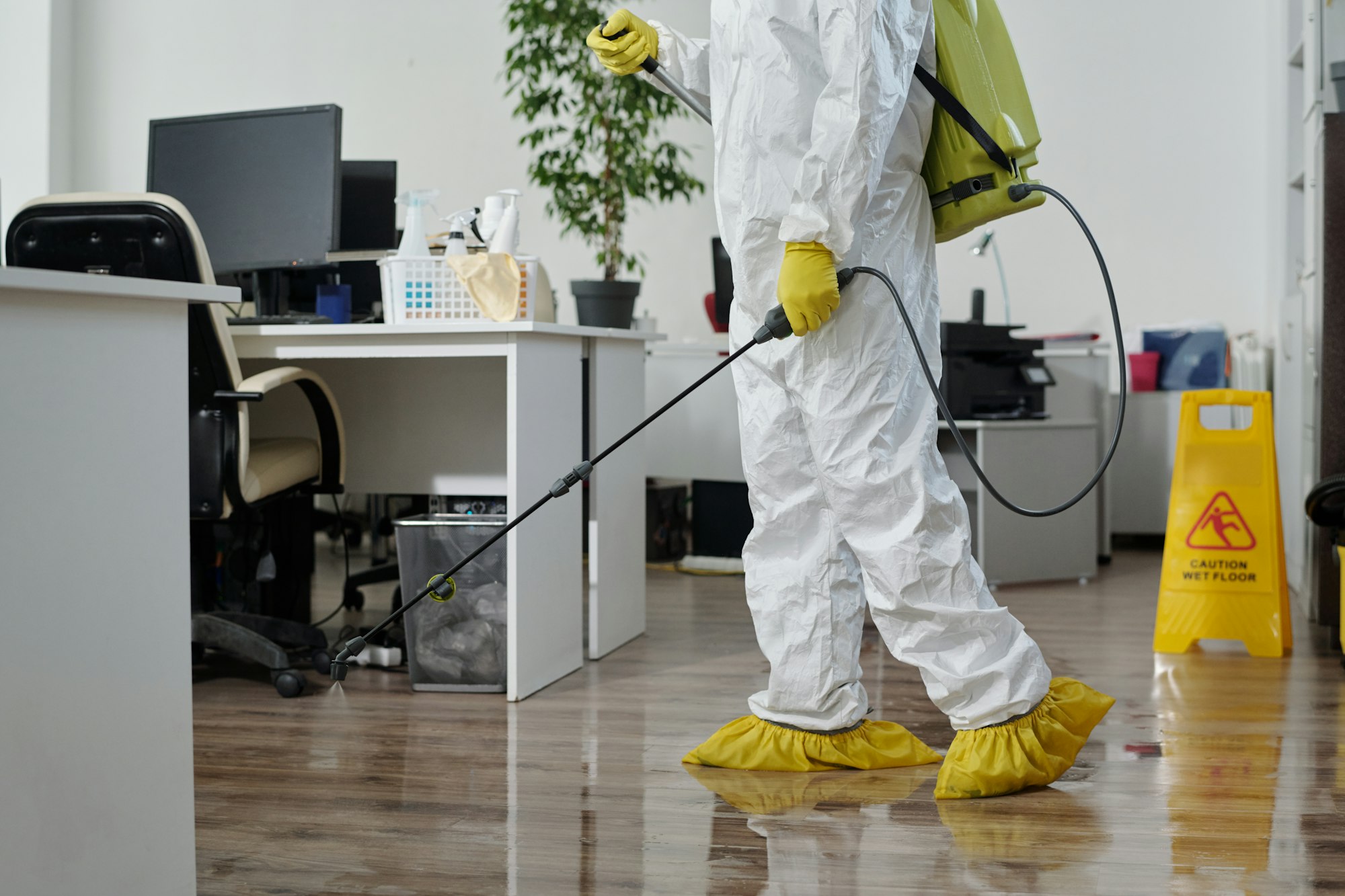The addition of a pond combined with fish creates natural serenity that beautifies every garden space. Your fish face threats from predators like herons and minks, which disturb pond serenity. Protecting your pond’s environment is critical.
A pond company such as That Pond Guy can provide experienced guidance and solutions to keep your koi, goldfish, or other pond occupants safe from potential hazards.
What Are Pond Predators?
Some common pond predators include:
- Herons: These tall birds have long legs and sharp beaks. Herons are quite adept at collecting fish, and they may leave behind damaged plants and shallow footprints.
- Kingfishers: The colourful birds create unexpected rippling patterns by diving into the water to catch fish.
- Dragonfly Nymphs: Dragonfly adults cause no harm to humans, yet their aquatic stage feeds on small fish along with tadpoles and insects.
- Minks: These invasive predators are known for wiping out fish and amphibian species while damaging pond liners and leaving dead fish behind.
- Cats and Foxes: Your pond might tempt both wild foxes and domestic cats who bring their paws or scatter fish remains behind.
Various region-dependent aquatic predators like owls, cranes, egrets, raccoons, deer, squirrels, snakes, and beavers can attack ponds.
What to Do After an Attack
- Assess the Damage: Examine your fish population and look for any damaged or absent fish. Search around the area for disrupted vegetation along with predator footprints and evidence of their activity.
- Remove Injured Fish: Move injured fish into unique tanks to stop infections from spreading. Treat any wounds with antimicrobial products.
- Repair Structural Damage: Repair any damaged pond liner and pumps and philtres immediately. Top up the pond water with tap water while using Chlorine Klear to lower chlorine levels in case of necessary water replenishment.
How to Protect Your Pond
Here are some effective ways to protect your fish:
- Caves and Hiding Spaces: Create hiding spaces in your pond for fish to seek shelter. Your fish can hide in rocks, vegetation, or manmade caves once they detect a predator.
- Netting: While predator netting works wonderfully for protecting ponds, it presents an unesthetic appearance. High-quality netting should be used because poor-quality varieties attract predators quickly through claws or pecking.
- Monofilament Line: Clear fishing line, often known as monofilament, can serve as an unseen net. This will keep flying predators, such as herons, from diving into the pond.
- Decoys: A plastic heron placed near the pond can be a simple yet effective deterrent. Herons are territorial, so a fake heron may convince a real one to stay away.
- Dogs: Certain breeds of dogs, known for their territorial nature, can help protect your pond. Any potential predators will flee because of the pumpkins’ presence and their alert barks.
- Motion Deterrents: The combination of automated light and water devices operates through sensors that identify motion to keep predators at bay.
Conclusion
You cannot manage every potential threat to your fish but strategic precautions will protect your fish while maintaining pond health. By using effective strategies and creating a safe environment, you can enjoy a peaceful water feature without concern.




